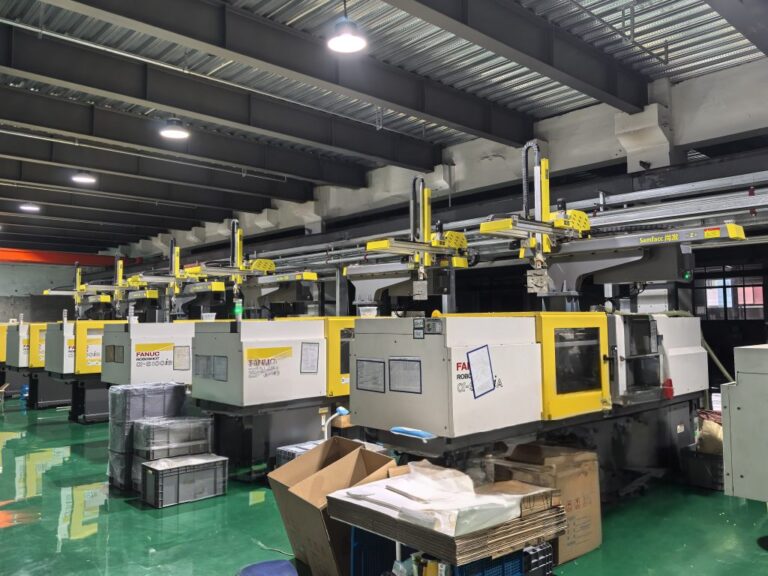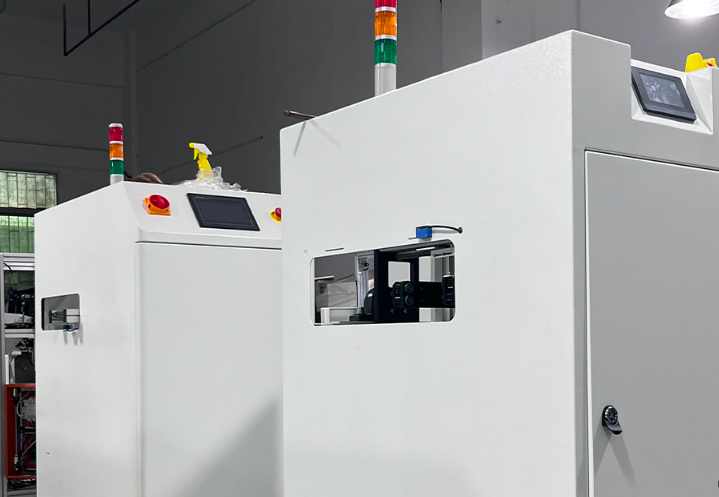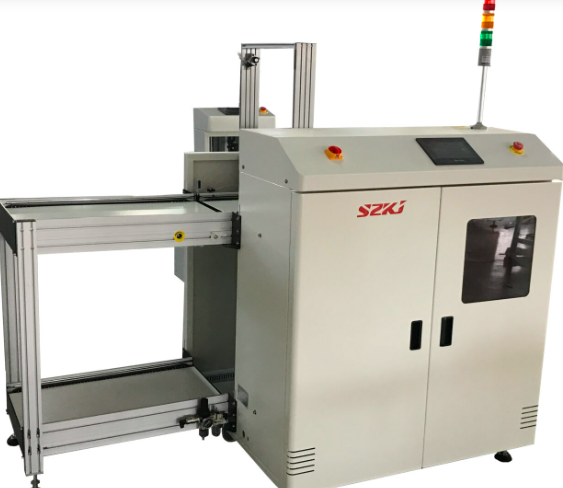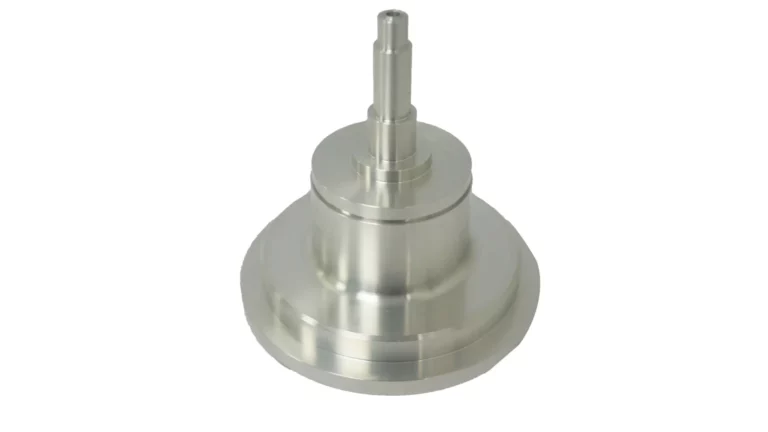目录
ToggleCustomizing a grain bag with your design is a creative and strategic way to enhance brand visibility and customer engagement.
Step-by-Step Guide to Customizing Your Grain Bag
Step 1: Define Your Requirements
Size Matters: The first step in customizing a grain bag is to determine the size. This will depend on the weight of the product you intend to package, ranging from 1 kg to 50 kg. The size will influence the choice of materials and the overall design of the bag.
Bag Type: Choose a bag type that suits your product’s characteristics and functionality while also being aesthetically pleasing.
Step 2: Creative Design
Visual Appeal: A well-designed bag not only looks good but also captures the attention of consumers, increasing product recognition.
Brand Storytelling: Incorporate brand elements into the design to convey your brand’s values and story.
Step 3: Material and Craftsmanship
Material Selection: For bags intended to hold 1-5 kg, soft packaging materials are recommended. For 10-50 kg, plastic woven materials are suggested due to their durability and load-bearing capacity.
Handle Options: Choose from standard handle holes, plastic handles, easy-pull handles, and more, designed according to your needs.
Step 4: Additional Features
Anti-Slip Design: For better handling and transportation, consider anti-slip materials.
Interactive Coding: Add QR codes to the packaging to foster consumer interaction with the brand.
Moisture Protection: In humid environments, consider using paper-type woven bags to add moisture-proofing.
Step 5: Production and Anticipation
Once the design and specifications are set, the factory will begin producing the customized grain bags. This is the process of turning your design into reality, culminating in the arrival of the finished product.
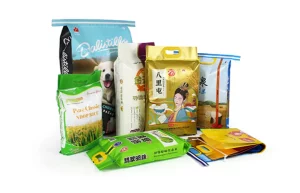
Further Considerations
Information Clarity: Ensure that the packaging displays essential information such as product name, weight, production date, and shelf life, enabling consumers to make informed purchasing decisions.
Sustainability: Consider the environmental impact of your packaging materials and explore biodegradable or recyclable options to align with sustainability goals.
Cost-Effectiveness: Balance the cost of materials and features with the budget without compromising on quality and design.
Market Research: Understand your target audience’s preferences to tailor the design and features of your grain bag accordingly.
Prototyping: Create prototypes to test the design, materials, and functionality before mass production.
Quality Control: Implement quality checks throughout the production process to ensure the final product meets your standards.
Final Thoughts
Customizing a grain bag is a multifaceted process that requires careful planning and attention to detail. It’s an opportunity to differentiate your product in the market and create a lasting impression on your customers. By following these steps and considering additional factors, you can design a grain bag that not only serves its purpose but also tells the story of your brand.
I hope this guide gives you a thorough understanding of the customization process and inspires you to create unique cereal bags that resonate with your brand and customers. Good luck with your custom project!
0